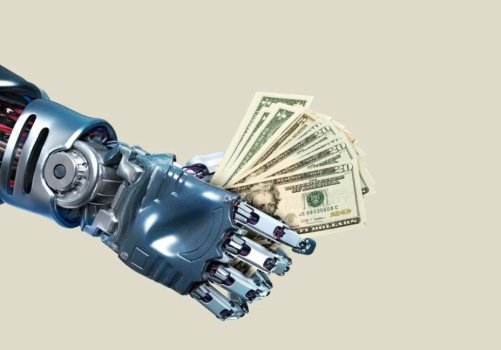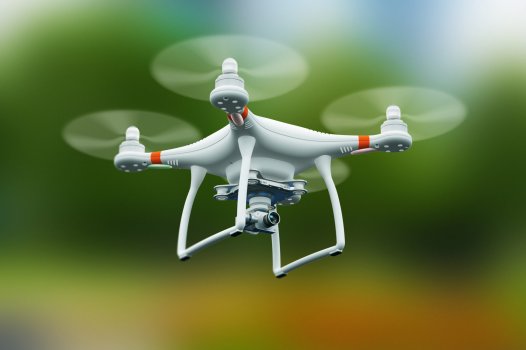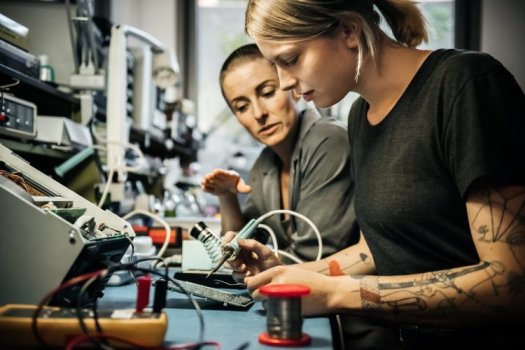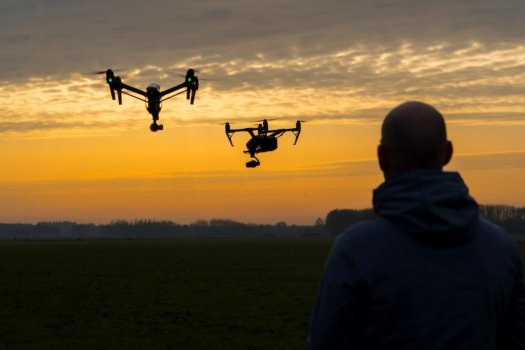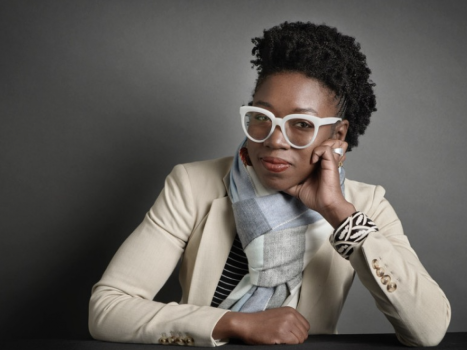HARNESSING ARTIFICIAL INTELLIGENCE FOR THE MASSES
- Technology Solutions
- 0 Replies
It takes real intelligence and plenty of collaborative muscle to harness the potential of artificial intelligence. Most of us can barely grasp the concept of human-made machines learning how to process and analyze enormous amounts of data, then using that mass of information to understand things at new scales and in new combinations, delivering useful insights that our brains would never be able to produce on their own.
Now University of Delaware Prof. Rudolf Eigenmann, interim chair of the Department of Computer and Information Sciences and professor of electrical and computer engineering, is playing a critical role in a new $20 million National Science Foundation-supported project designed to expand access to artificial intelligence.
AI for the masses, you might call it.
The project, called the NSF AI Institute for Intelligent Cyberinfrastructure with Computational Learning in the Environment (ICICLE), is one of 11 new National Artificial Intelligence Research Institutes the NSF announced recently. It is the second year of such investment by NSF. This $220 million in support follows the $140 million that created the first seven AI institutes in 2020. The overall effort now includes partners in 38 states.
Continue reading: https://www.udel.edu/udaily/2021/september/artificial-intelligence-cyberinfrastructure-rudolph-eigenmann/
Now University of Delaware Prof. Rudolf Eigenmann, interim chair of the Department of Computer and Information Sciences and professor of electrical and computer engineering, is playing a critical role in a new $20 million National Science Foundation-supported project designed to expand access to artificial intelligence.
AI for the masses, you might call it.
The project, called the NSF AI Institute for Intelligent Cyberinfrastructure with Computational Learning in the Environment (ICICLE), is one of 11 new National Artificial Intelligence Research Institutes the NSF announced recently. It is the second year of such investment by NSF. This $220 million in support follows the $140 million that created the first seven AI institutes in 2020. The overall effort now includes partners in 38 states.
Continue reading: https://www.udel.edu/udaily/2021/september/artificial-intelligence-cyberinfrastructure-rudolph-eigenmann/




